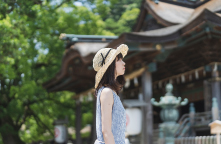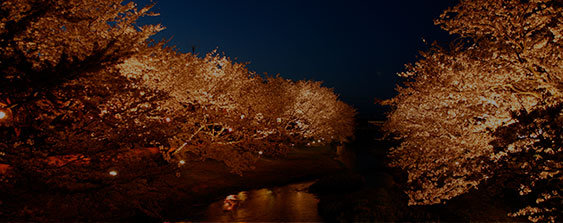
Tamatsukuri and its vicinities'
Popular Tourists Spots
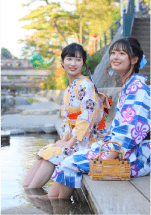
Spot01
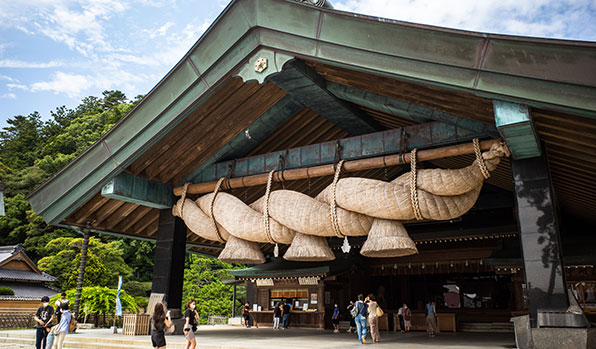
Izumo Oyashiro Grand Shrine
Izumo Oyashiro Grand Shrine ranks as Japan’s highest after Ise Shrine and is mainly dedicated to the god associated with Japanese land creation and marital blessings.
Spot02
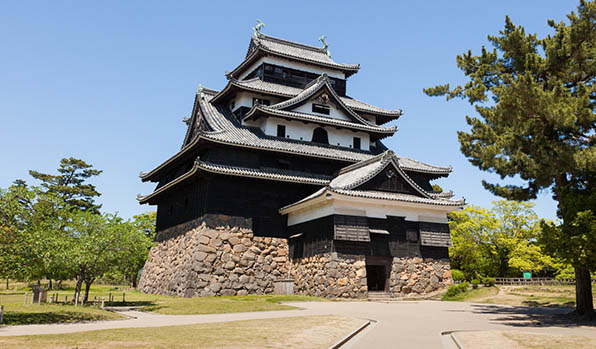
Matsue Castle
Matsue Castle is a symbol of Matsue City that remains in its original wooden form. The castle was constructed from 1607 to 1611 by Horio Yoshiharu, the first daimyō of the Matsue Domain.
Spot03

Tamatsukuriyu Shrine
In this tranquil setting, one deity is enshrined for the magatama-making, and the others watch over the nearby spas, providing a serene atmosphere. The Negai Ishi, or Wishing Stone, is a revered spot, drawing numerous visitors seeking its sacred aura.
Spot04
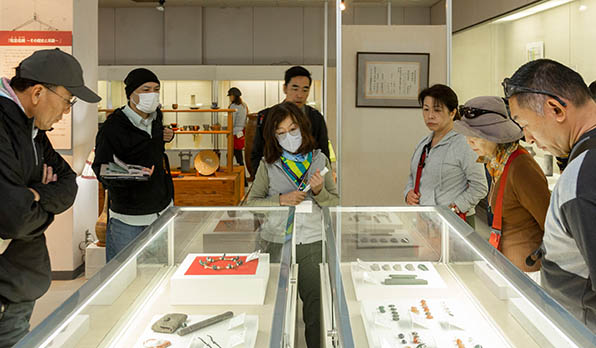
The Izumo Tamatsukuri Museum
The Izumo Tamatsukuri Museum features ancient village remnants, emphasizing magatamas and artefacts from the first century BC to the middle Heian Period (from 794 AD to 1185 AD). The site’s ruins indicate a thriving society, and Tamatsukuri is known for having crafted rare dark green agate magatamas alongside the more common red and white ones.
Spot05
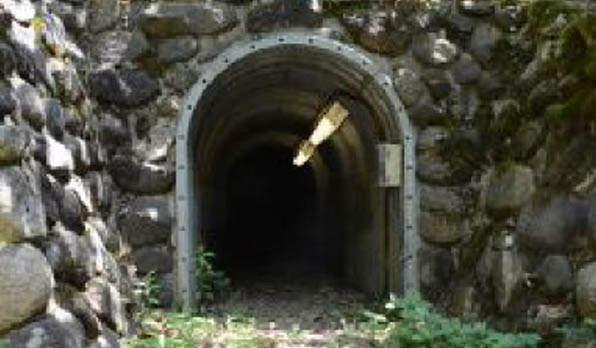
Mt.Kasen
Mt.Kasen has supported the local magatama artisans since ancient times. Dark green agates called the Izumo Stone have been considered precious items.
Spot06
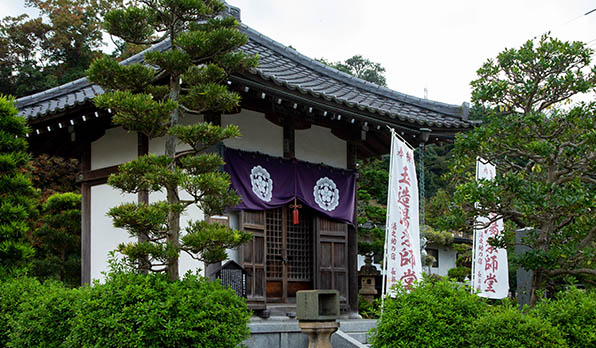
Yakushi Yu and Teahouse
Yakushi Yu and Teahouse, originally villas for the lords of Matsue Domain, have been restored to feature a garden, teahouse, and water source. This reconstruction evokes the historical ambience of the lords enjoying hot springs amidst the tranquil garden surroundings.
Spot07
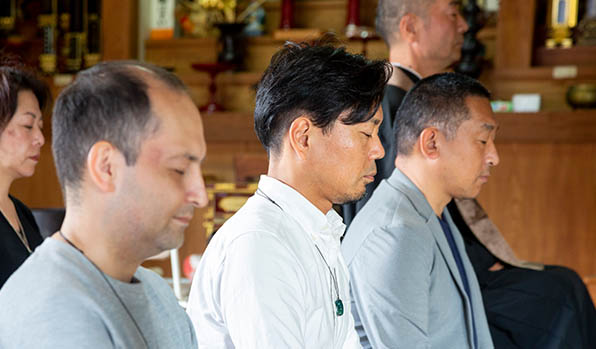
Seiganji Temple (Iwayaji Temple)
Seiganji Temple is known for its Oshiroi Jizo statue, which is said to have healing for skin ailments.
Iwayaji Temple (the inside of Seiganji Temple), enshrining the Sacred Kanzeon Bodhisattva, is the last temple that issues amulets to pilgrims of the Izumo Thirty-Three Kannon Sacred Sites. After their arduous journey, the people heal their tired bodies at Tamatsukuri Onsen.
Spot08
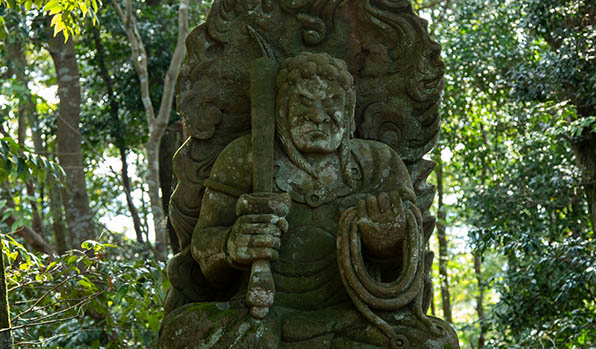
Tamatsukuri Kotohira Guu Shrine
Tamatsukuri Kotohira Guu Shrine, 150 meters in elevation and deep in the fortress hill, honours the god from India and is mainly associated with ships and maritime safety.
Spot09
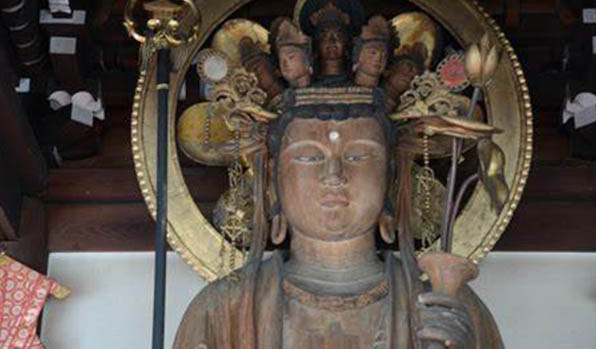
Hoonji Temple
Hoonji Temple belongs to the Koyasan Shingon sect, known for its esoteric Buddhism and was a prayer hall for the Matsue Domain. The principal image is a hase-shaped wooden painted eleven-faced Kannon standing statue from the early Muromachi Period (from 1336 AD to 1336 AD).
Spot10

Izumo Magatama Crafting
(Izumo Menou Zaiku)
In ancient times, magatamas were considered talismans or ornaments that offered blessings and displayed authority. At the end of the Edo Period (19 AD), the use of agates expanded beyond the purpose to include hair accessories and cigarette cases, known as Izumo Menou Zaiku. This craftsmanship has endured through the years, evolving into the creation of versatile accessories and vibrant collectables.
Spot11

The Fujina Yaki Kiln
Established in the mid-Edo Period (18 AD), Fujina Yaki potteries became one of Lord Funai’s favoured regional kilns in Matsue. After the collapse of the feudal system, the kiln was deemed a part of the Japanese folk art movement, embodying the concept of rediscovering aesthetic value in the everyday tools used by local people.
Spot12

Cherry Blossoms alongside the Tamayu River
Cherry blossoms, renowned as a symbol of Japan, line the Tamayu River, flowing through the centre of Tamatsukuri Onsen in spring, creating a vibrant display of colours enticing numerous.



